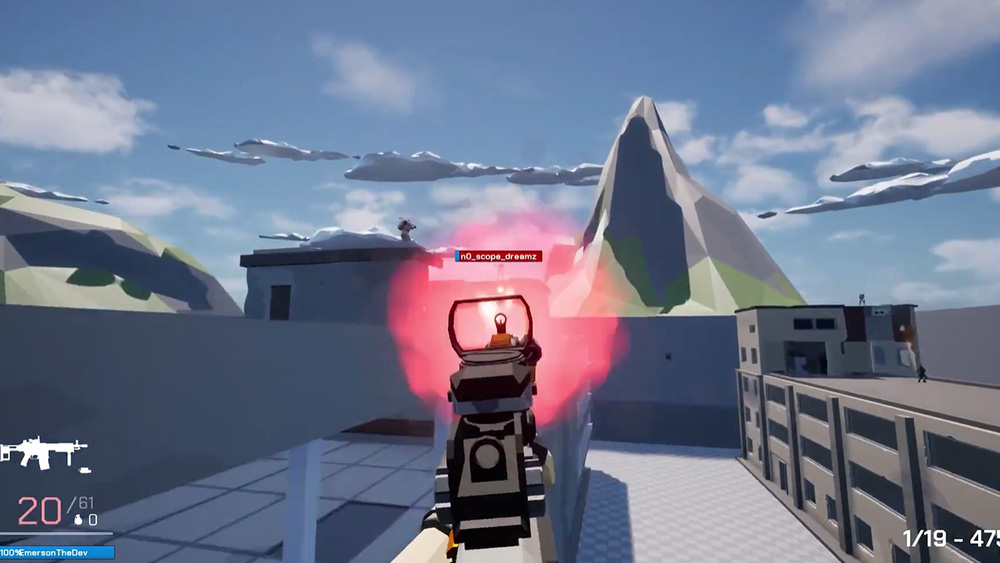How to make a children's picture book: 8 expert tips
Your guide to how to make a children's picture book, from award-winning illustrator and author Chris Haughton.

If you're wondering how to make it as a children's book illustrator, know that it’s definitely not easy to get published – it took me five years of thinking about doing it before I actually did. But with six picture books now under my belt, including Oh No, George!, which celebrated its 10th anniversary this year, I’ve picked up a few tips and tricks along the way.
Here are my top eight pieces of advice for writing and illustrating a picture book that will interest a publisher and engage readers. (See Creative Bloq's lists of best digital art software and the best pencils if you need some tools.)
How to make a children's picture book
01. Draw with emotion
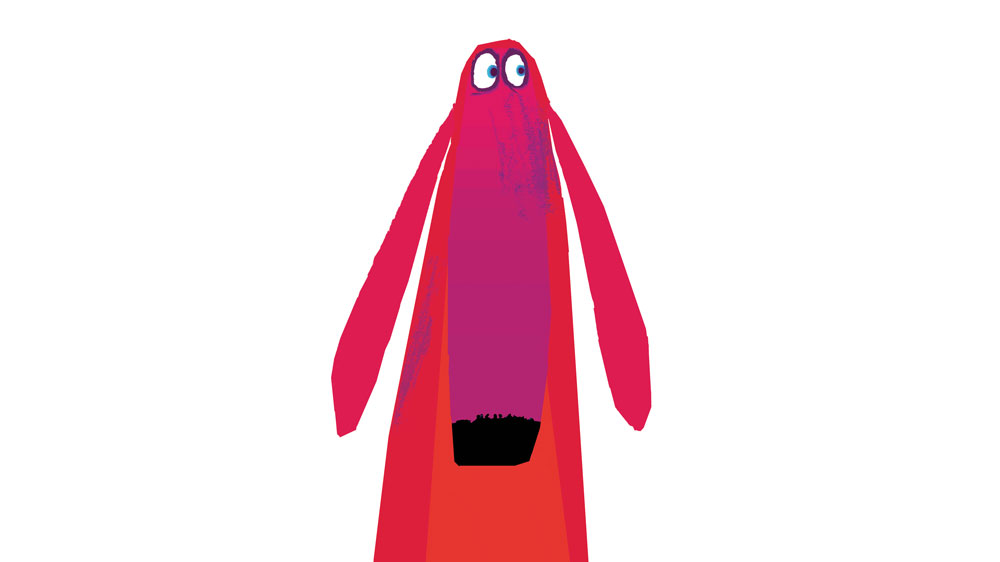
I like getting the facial and body expressions by doing very small, rough sketches. If I do them very quickly it retains the emotion. I use collage to work out poses to make sure they are the simplest they can be, so that they can communicate well to the youngest children. I also try to make it as colourful and eye-catching as possible.
02. Keep a sketchbook
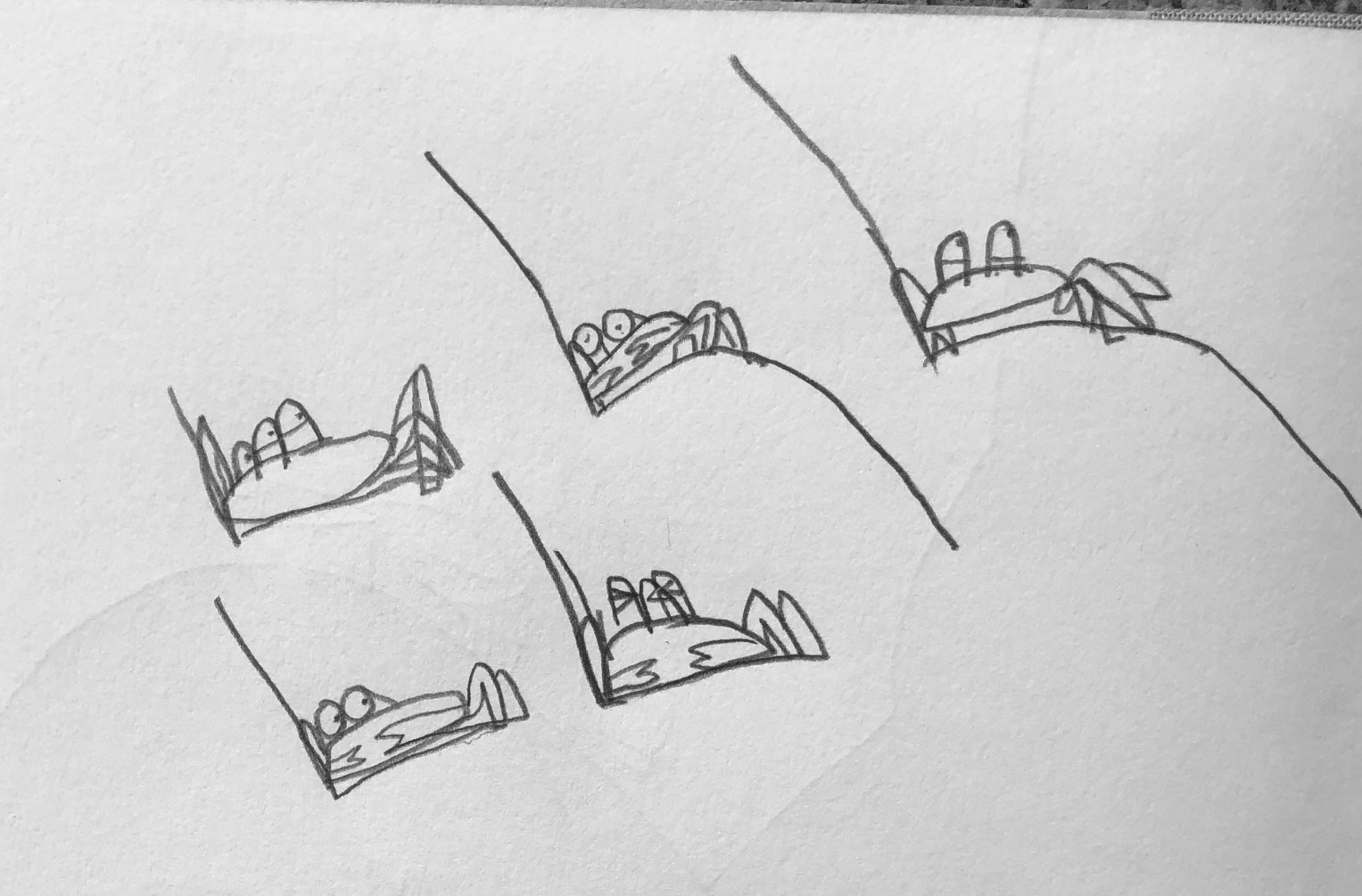
I always have a sketchbook on me at all times just in case I have an idea. Just a plain sketchbook with a HB pencil. I use Photoshop to create the final art from those sketches. By the end usually I have spent more time tweaking things on the computer than sketching, but the sketchbook part is the most fun for me.
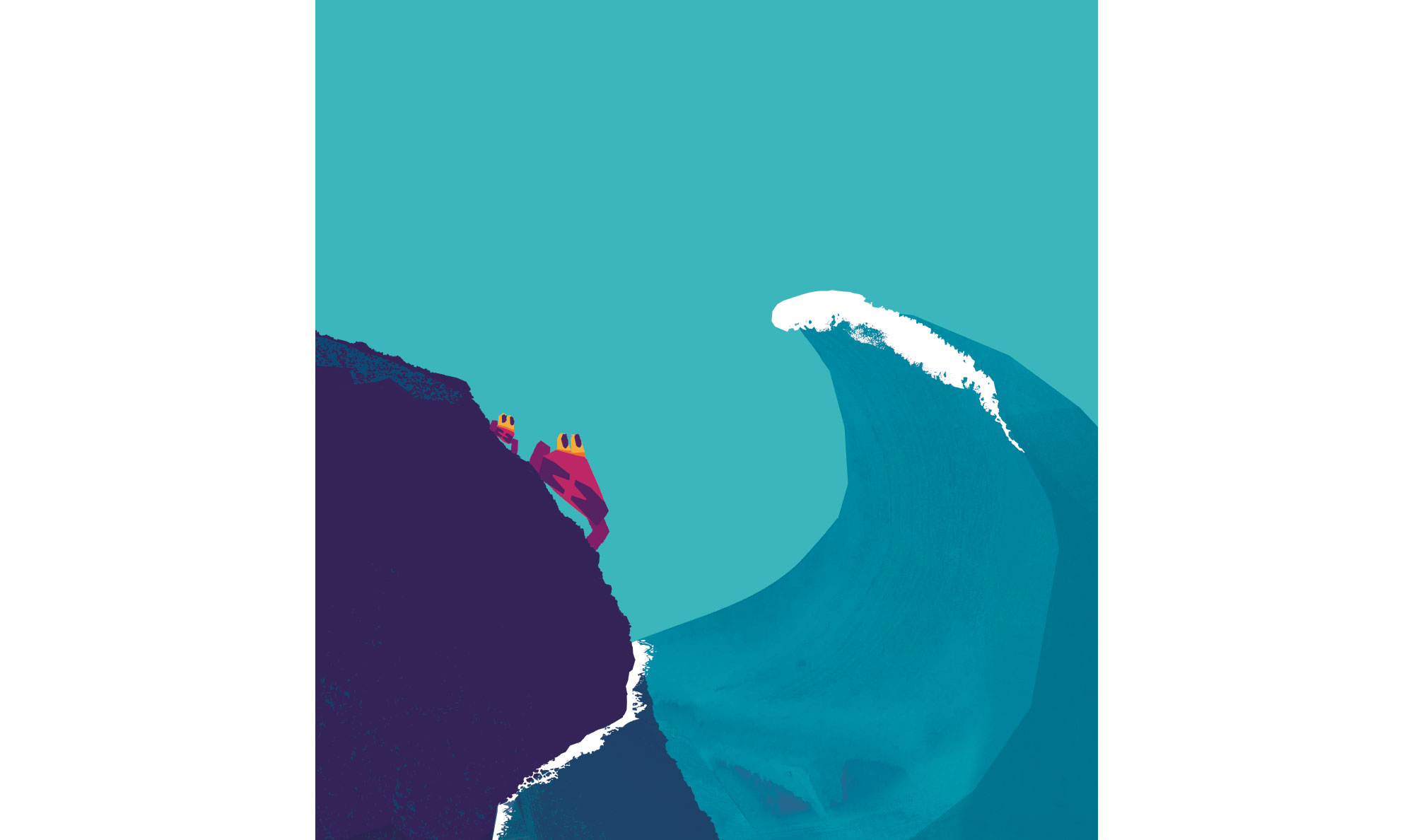
03. Remember – stories can come from anywhere
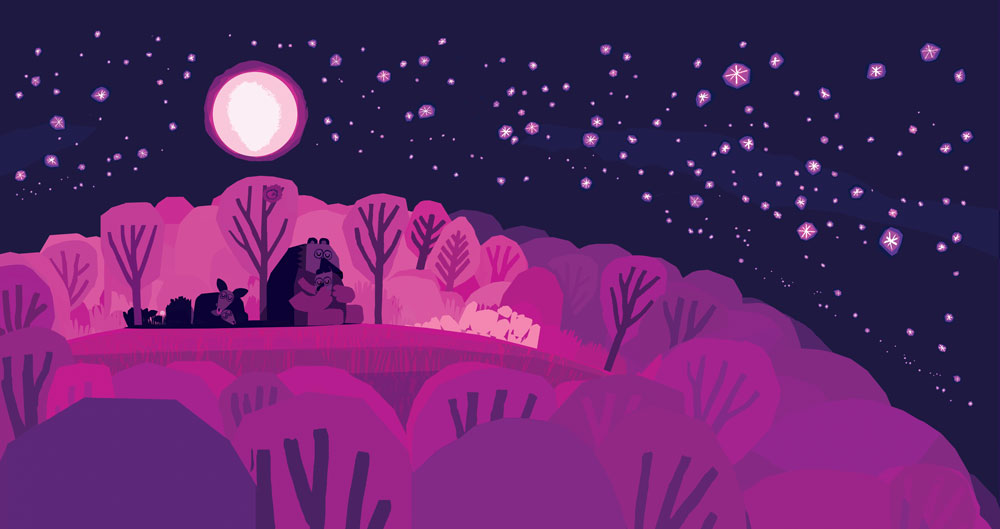
Most of my stories come from sketches I draw and then wonder what comes next, or what might have happened before. That always makes a good starting point. Don’t Worry, Little Crab was unusual for me because it was inspired by watching real life crabs. I was in Mexico on the Pacific coast where the waves were enormous. I was just lazily watching them and after a while you can begin to see their personalities. You can see some are more nervous than the others. It was like a silent comedy watching them when a very big wave comes. They all freeze and brace for the impact. Another book, Goodnight Everyone was inspired by a conversation with my sister who is a Montessori teacher. She was preparing a lesson on scale and on the powers of ten.
04. Read other picture books
I often find myself going to art shows and then spending more time in the bookstore of the museum than the actual show. I guess I am in the right job! There are some great younger picture book makers working today too: Jon Klassen, Christian Robinson, Beatrice Alemagna, Carson Ellis.
But there is so much to learn from the masters. I love Maurice Sendak. Especially for the beautiful otherworldly atmospheres he creates. I love the simplicity of Eric Carle and Leo Lionni. I always look at their work when I feel my images getting too cluttered. It feels like a breath of fresh air to see how simply and clearly they can communicate.
05. Make a visual metaphor
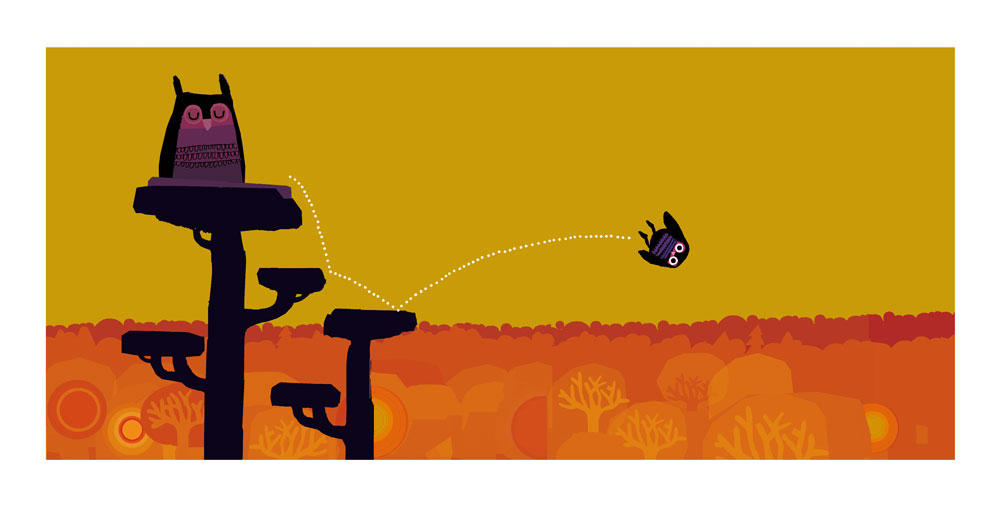
I tell stories about animals which in a way is a metaphor for the feelings of humans. They could be seen as visual metaphors. For example, in Don’t Worry, Little Crab, the little crab is reluctant to go into the sea for the first time but eventually overcomes her fear, and so it’s a story about being brave. The scenes when the crab is being battered by the waves is a visual metaphor for the challenges that come when trying something new.
I try to think of the most engaging way to tell a story. If I want to tell a story about being lost I could try to do it about a human child but it would require an elaborate set up with a supermarket perhaps and a day dreaming child or distracted parent. But if I make it about an owl, I can have the owl fall out of the tree and immediately into the middle of a forest. That takes us directly into the story.
All of my books are in some way dramatising an emotion with some sort of metaphor.
06. Take a break
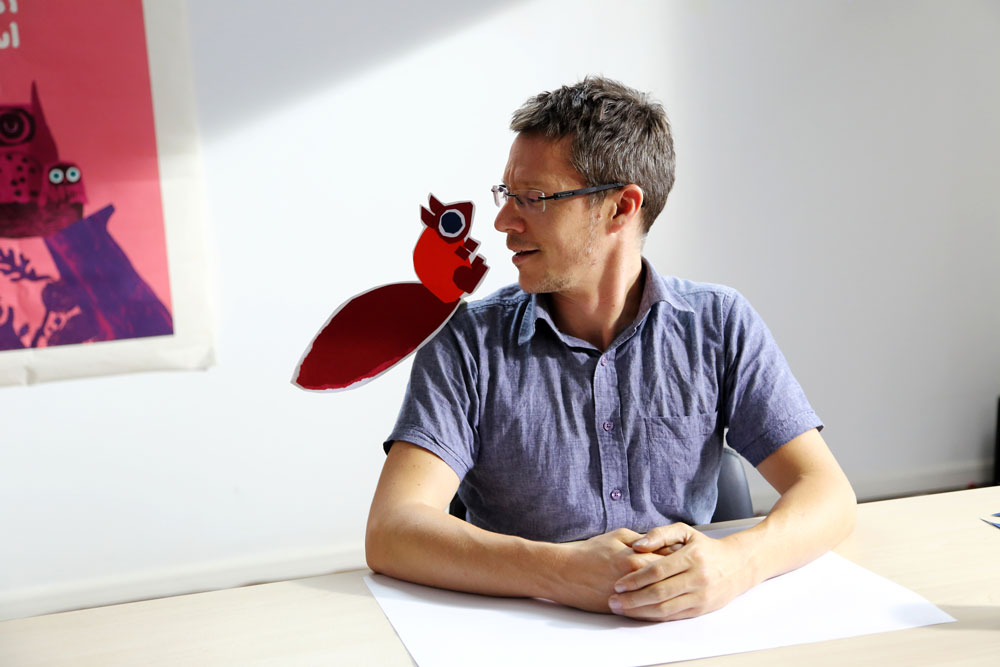
Step away from your work and have a coffee. I like to work as hard as I can and then take a break and come back to it after a coffee break. It gives me fresh eyes on the work.
07. Make it for both children and adults
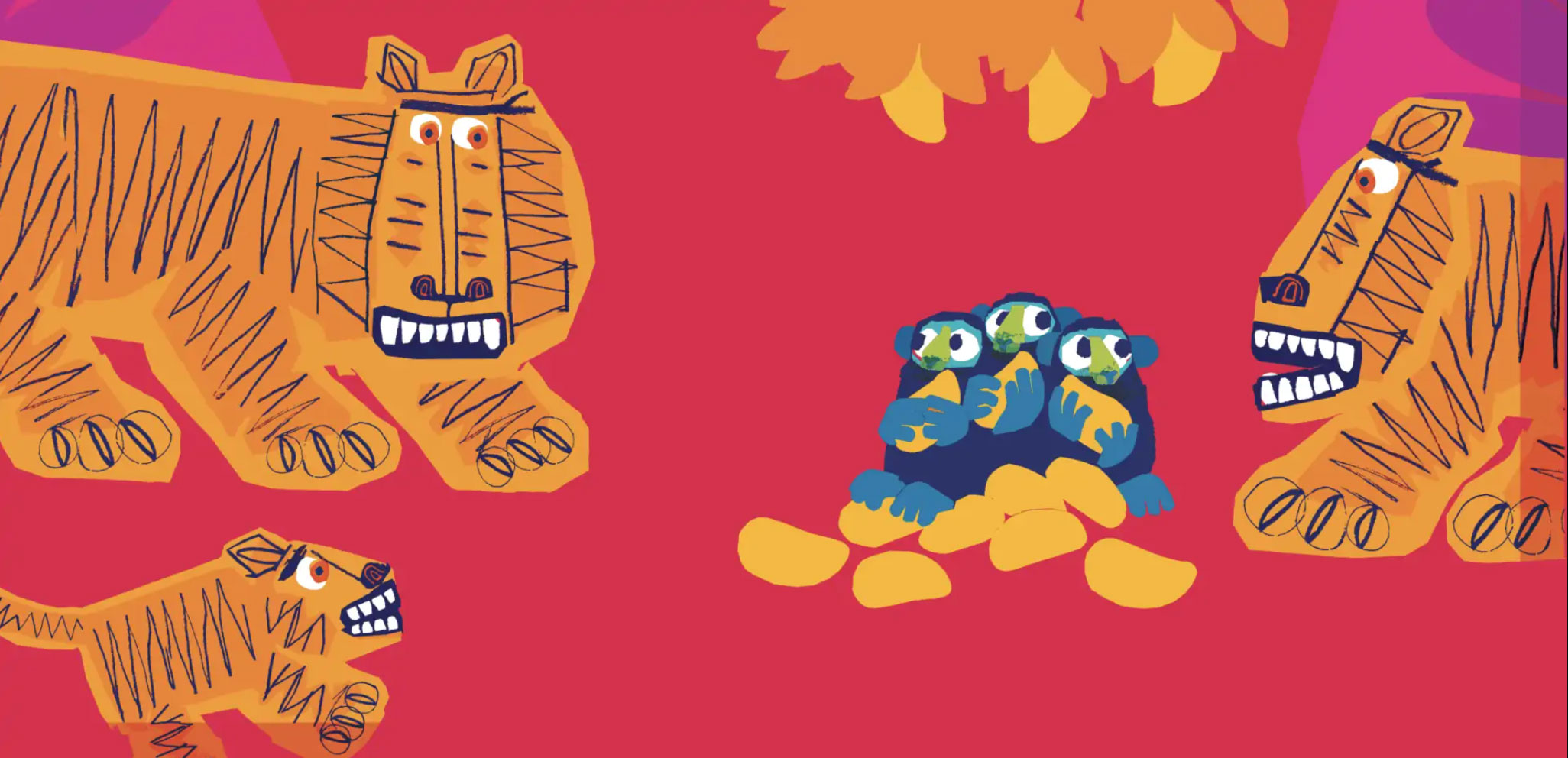
My stories are for the very young – and they themselves cannot read. The success of the book depends on the adult reading it with enthusiasm. It helps enormously if you enjoy reading the book. It’s like telling a good joke – it just as fun to tell as it is to hear and that makes infectious. Below is Princess Beatrice and the Oscar’s Book Prize judges enthusiastically reading my most recent book Maybe after it won the prize.
08. Share it with others. Especially children.
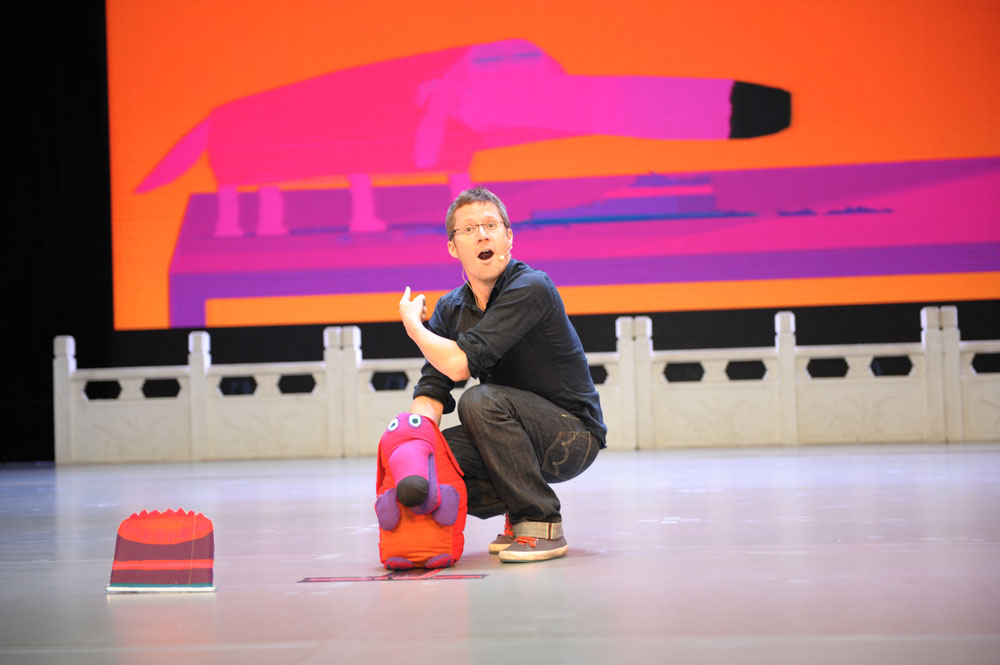
I always think of something to add every time I read a new story aloud. It makes such a difference if you have an audience. You see immediately what works and what does not.
The 10th anniversary edition of Oh No, George! by Chris Haughton is out now.
Read more:
- How to illustrate a children's book: 6 tips to get started
- Illustrator alternatives: Top software that isn't from Adobe
- Illustration books: every artist should read these

Thank you for reading 5 articles this month* Join now for unlimited access
Enjoy your first month for just £1 / $1 / €1
*Read 5 free articles per month without a subscription

Join now for unlimited access
Try first month for just £1 / $1 / €1
Get the Creative Bloq Newsletter
Daily design news, reviews, how-tos and more, as picked by the editors.
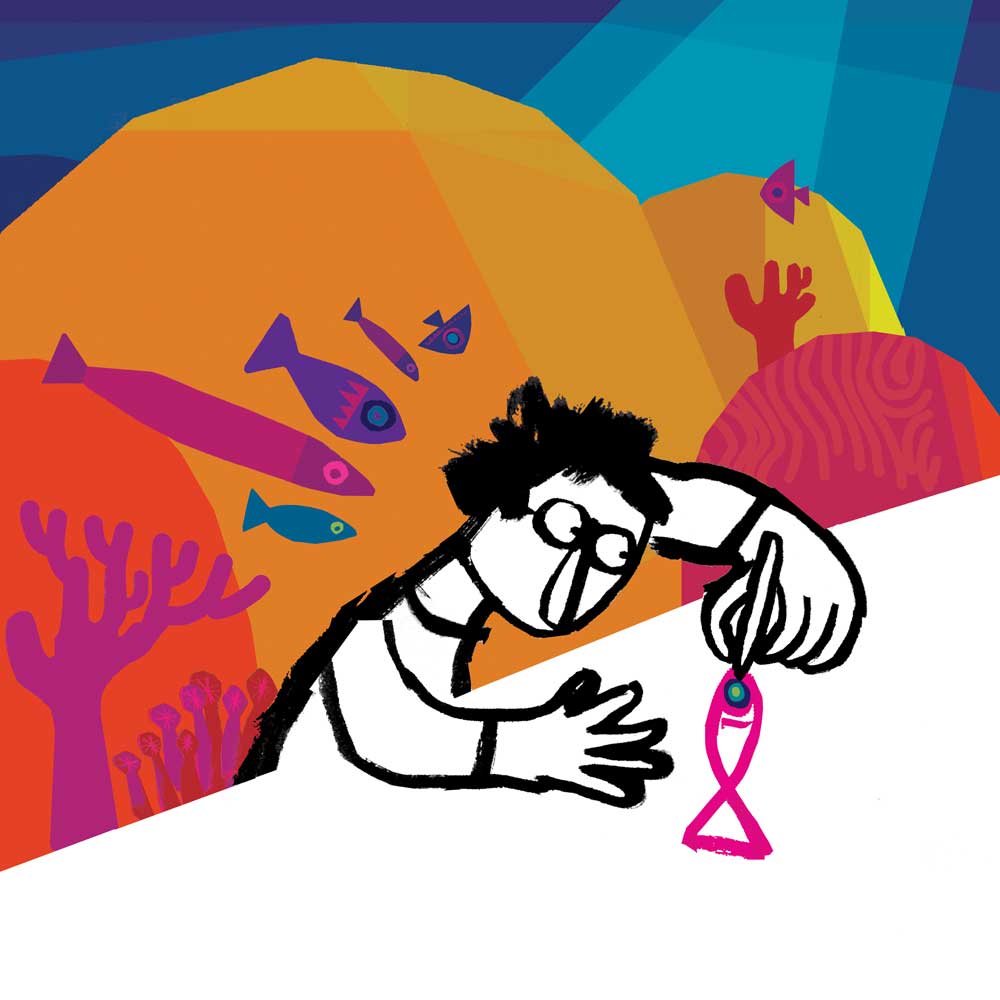
Chris Haughton is an Irish designer and illustrator and the acclaimed picture book author of family favourites A Bit Lost, Oh No, George!, Shh! We Have a Plan, Goodnight Everyone, Don’t Worry Little Crab and Maybe. His new book Well Done, Mummy Penguin will be published in October. His books have won prestigious prize and awards across the world, from the Ezra Jack Keats New Illustrator Award to The Irish Children’s Book of the Year, sold over two million copies and been published into 26 languages. Originally from Dublin, Chris Haughton now lives in London.
